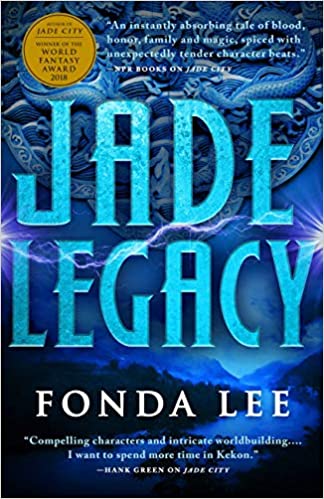 Jade Legacy (The Green Bone Saga, #3) by Fonda Lee
Jade Legacy (The Green Bone Saga, #3) by Fonda Lee Format: audiobook, eARC
Source: purchased from Audible, supplied by publisher via Edelweiss
Formats available: hardcover, paperback, ebook, audiobook
Genres: fantasy, urban fantasy
Series: Green Bone Saga #3
Pages: 713
Published by Orbit on November 30, 2021
Purchasing Info: Author's Website, Publisher's Website, Amazon, Barnes & Noble, Kobo, Bookshop.org
Goodreads
Jade, the mysterious and magical substance once exclusive to the Green Bone warriors of Kekon, is now known and coveted throughout the world. Everyone wants access to the supernatural abilities it provides, from traditional forces such as governments, mercenaries, and criminal kingpins, to modern players, including doctors, athletes, and movie studios. As the struggle over the control of jade grows ever larger and more deadly, the Kaul family, and the ancient ways of the Kekonese Green Bones, will never be the same.
The Kauls have been battered by war and tragedy. They are plagued by resentments and old wounds as their adversaries are on the ascent and their country is riven by dangerous factions and foreign interference that could destroy the Green Bone way of life altogether. As a new generation arises, the clan’s growing empire is in danger of coming apart.
The clan must discern allies from enemies, set aside aside bloody rivalries, and make terrible sacrifices… but even the unbreakable bonds of blood and loyalty may not be enough to ensure the survival of the Green Bone clans and the nation they are sworn to protect.
My Review:
As the final book in the epic – but not necessarily epic fantasy – Green Bone Saga, the story here deals with resolving the past and turning towards the future. In other words, the legacy of the two rival Green Bone clans in Kekon; The Mountain and No Peak.
A legacy that both clans continue jockeying over and for every step of the way – until the bitter end of not one but two old tigers that we’ve watched fight for control through three marvelous books.
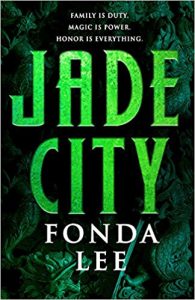 The story that began in Jade City centered on the hot war for the city of Janloon between the Mountain clan led by the master strategist Ayt Madashi and the Mountain’s former allies turned bitter enemies, the No Peak clan founded by the Kaul family and led in its current generation by the wartime chief, or Pillar as they are termed in Asian-inspired Kekon, Kaul Hilo with his sister Kaul Shae at his side as the business leader or Weather Man of the clan.
The story that began in Jade City centered on the hot war for the city of Janloon between the Mountain clan led by the master strategist Ayt Madashi and the Mountain’s former allies turned bitter enemies, the No Peak clan founded by the Kaul family and led in its current generation by the wartime chief, or Pillar as they are termed in Asian-inspired Kekon, Kaul Hilo with his sister Kaul Shae at his side as the business leader or Weather Man of the clan.
That Ayt Mada is the first female Pillar, while Kaul Shae is the first female Weather Man is part of the long struggle between the clans.
That hot war switches to a cold war in Jade War, as the two clans have become so large and control so much of their country that neither can manage to swallow the other. Instead they fight through foreign subsidiaries, mercenaries, and proxies.
By the time that Jade Legacy begins, that cold war has turned into a “slow war” with the Ayt and Kaul families on opposite sides of both local and international conflicts. They cooperate in small ways while backing up their international proxies with money, jade, and in the case of the Mountain, the drugs that allow non-Kekonese to master the Jade disciplines. The larger countries, the Republic of Espenia and Ygutan, believe that the Ayts and the Kauls are tributaries in their wars, when from the Kekonese and clan perspectives, both clans of Green Bones are using their allies instead.
The story of Jade Legacy takes place over a span of 20+ years, as Kaul Hilo and Ayt Mada mature and even begin to grow old as both adversaries and jade warriors. As the saying goes, “Jade warriors are young, and then they are ancient.” When the story began in Jade City, they were young, barely into adulthood, newly and unexpectedly the Pillars of their respective clans, still under the long shadow cast by their predecessors, the Spear and Torch of Kekon who threw out an attempted colonization by powers who thought they could not be defeated by barbarian savages.
Jade War is the story of both in their prime, while Jade Legacy is about the long, slow progression of Kekon in their wider world, and of the transition from their generation to the next as we see Hilo’s children and the children of his family and friends grow to take their places in the clan.
It’s an epic, uplifting and heartbreaking by turns. It’s a sprawling family saga, in the same way that The Godfather was a family saga. A story about multiple generations of a family, of people who do some very bad things for what they perceive or believe are good reasons. People who are often thought of as criminals by outsiders, and whom we feel for anyway. Deeply.
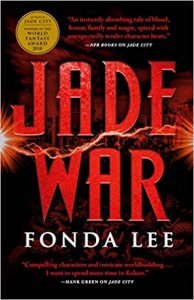 Escape Rating A++: This book, and this entire series, deserve all the stars. I picked this to be the last review of the year because I wanted to finish this year’s reading with a real bang of a winner, and Jade Legacy delivered all the highs and lows I could possibly have ever wanted.
Escape Rating A++: This book, and this entire series, deserve all the stars. I picked this to be the last review of the year because I wanted to finish this year’s reading with a real bang of a winner, and Jade Legacy delivered all the highs and lows I could possibly have ever wanted.
I started with the audio on this, which was ,as usual, excellent. But I read a lot faster than I listen, and I desperately needed to know how this one ended so I finished in one epic, 5-hour reading binge. I still have the epic book hangover to go with that long binge followed by that bang of an ending.
As I look back on the whole thing, the Green Bone Saga feels like it’s Shae’s story. At the beginning, she’s on her way home from exile in Espenia to pay her respects to her dying grandfather, the old hero once known as the Torch of Kekon. In the wake of his passing, Kekon explodes, eventually leaving Shae as the first female Weather Man of her clan to her brother Hilo’s Pillar.
Shae is at the center of the whole saga. Hilo and Ayt Mada may grab all the attention in the foreground of the story as much of the action centers on the more active aspects of their feud, but Shae is always in the room where it happens – and is the cause of much of it happening. And in the end, Shae is the last one of her generation still standing. Even the formidable Ayt Mada has been brought low. Only Shae is left to tell their story. And I grieved with her at the ending of it all.
It began as a story about what happens to a family and a society after the revolution has been won. How do you keep the ideals alive in the second and third generations as the memory fades and the wider world seduces with new temptations and new shortcuts?
It ends as a story about moving forward into the future by setting aside the old grievances without leaving behind the old virtues.
Ultimately, the contest between the Mountain and No Peak was a war of differing perspectives on how to accomplish that feat. And the difference between them came down, not to a specific strategy or even a specific individual, but rather a contest between a leader who relied only on herself and accepted no vision and trusted no word other than her own – and a leader who was not afraid to gather the best and the brightest around himself, listen to them even when they disagreed with him, and let them do their damn jobs. One person’s vision of “the greater good” vs. the squabbling but ultimately unified vision of an entire family.
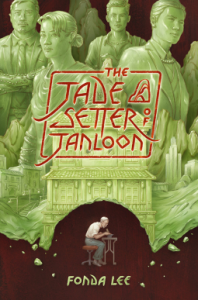 Watching them rise, and fall, and rise again is a journey very worth taking. If you have not yet had the pleasure, start with Jade City and be prepared for a wild, satisfying and heartbreaking ride. I envy you the journey.
Watching them rise, and fall, and rise again is a journey very worth taking. If you have not yet had the pleasure, start with Jade City and be prepared for a wild, satisfying and heartbreaking ride. I envy you the journey.
Although the story of the Kaul family and the No Peak clan has come to a fittingly bittersweet ending, there is still one brief visit to Janloon to look forward to. The Jade Setter of Janloon, a prequel novella for the trilogy, will be out in the spring of 2022. And I’m glad because I’m not at all ready to let this family and this world go.

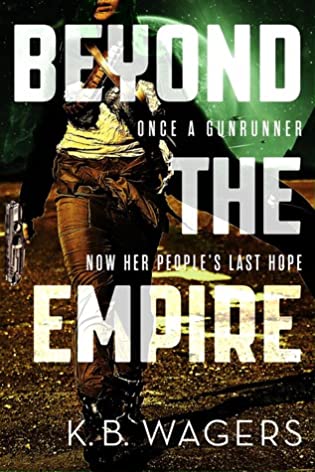 Beyond the Empire (The Indranan War, #3) by
Beyond the Empire (The Indranan War, #3) by 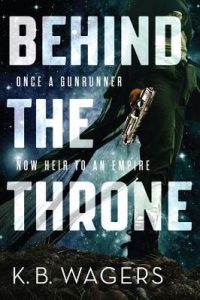 The action of Beyond the Empire follows directly upon the events of
The action of Beyond the Empire follows directly upon the events of 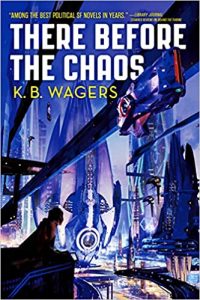 But, as that other old saying goes (a lot of old sayings seem to be turning up in this one), if revenge is a dish best served cold, then this story, in fact this whole trilogy, turns out to be a case study in what happens when someone lets their cold revenge warm up. Wilson has let his revenge heat to a boiling point, along with his temper, his ego and his aggression, and that revenge curdles as much and as badly as you think it will. But the story that results from that curdle is absolutely EPIC.
But, as that other old saying goes (a lot of old sayings seem to be turning up in this one), if revenge is a dish best served cold, then this story, in fact this whole trilogy, turns out to be a case study in what happens when someone lets their cold revenge warm up. Wilson has let his revenge heat to a boiling point, along with his temper, his ego and his aggression, and that revenge curdles as much and as badly as you think it will. But the story that results from that curdle is absolutely EPIC.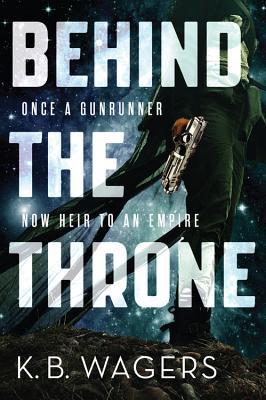 Behind the Throne (The Indranan War #1) by
Behind the Throne (The Indranan War #1) by 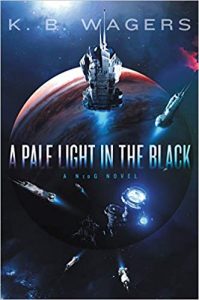 Escape Rating A++: I picked up Behind the Throne because I absolutely adored the author’s
Escape Rating A++: I picked up Behind the Throne because I absolutely adored the author’s 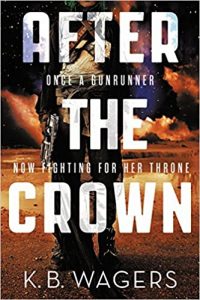 Even though they are both extremely unconventional for the positions they hold, their very unconventionality makes them not just the only people by inheritance for those positions at the time they are forced to take them, but the only people by talent, skill and capacity to pull the nuts of their respective empires out of the fires that they have inherited along with their thrones.
Even though they are both extremely unconventional for the positions they hold, their very unconventionality makes them not just the only people by inheritance for those positions at the time they are forced to take them, but the only people by talent, skill and capacity to pull the nuts of their respective empires out of the fires that they have inherited along with their thrones.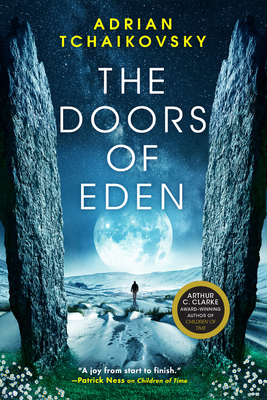 The Doors of Eden by
The Doors of Eden by  Spy games, cryptids (Sasquatch, Yetis and Loch Ness Monsters, OH MY!) with a nod to Stephen Jay Gould’s
Spy games, cryptids (Sasquatch, Yetis and Loch Ness Monsters, OH MY!) with a nod to Stephen Jay Gould’s 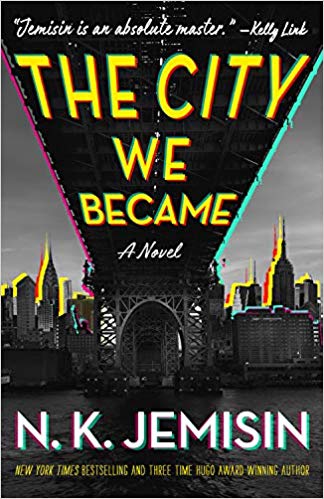 The City We Became (Great Cities #1) by
The City We Became (Great Cities #1) by 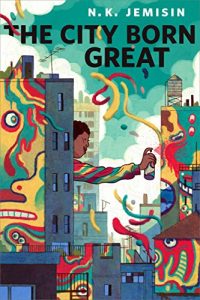 Four years ago, N.K.Jemisin published what was then a standalone short story,
Four years ago, N.K.Jemisin published what was then a standalone short story, 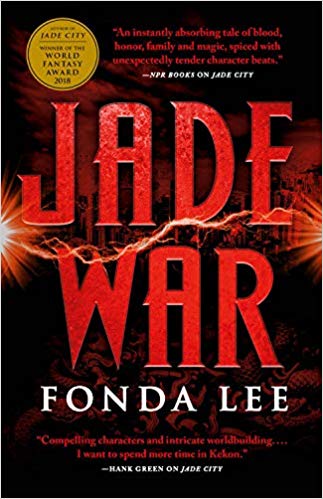 Jade War (The Green Bone Saga, #2) by
Jade War (The Green Bone Saga, #2) by 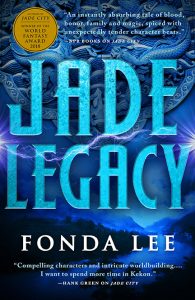 Jade War also takes this story of gangland warfare to a wider stage while telling a tale that provides standout roles for the women as well as the men of the clan AND adds a fascinating dose of world-wide political skulduggery to what was initially an urban fantasy about warring criminal organizations. The Green Bone Saga was a terrific story when it was confined to two families and one city. Now that it has gone world-wide, it is epic in every sense of the word. This is one of those books that just needs a higher grade than A+. Seriously, all the stars for this one.
Jade War also takes this story of gangland warfare to a wider stage while telling a tale that provides standout roles for the women as well as the men of the clan AND adds a fascinating dose of world-wide political skulduggery to what was initially an urban fantasy about warring criminal organizations. The Green Bone Saga was a terrific story when it was confined to two families and one city. Now that it has gone world-wide, it is epic in every sense of the word. This is one of those books that just needs a higher grade than A+. Seriously, all the stars for this one.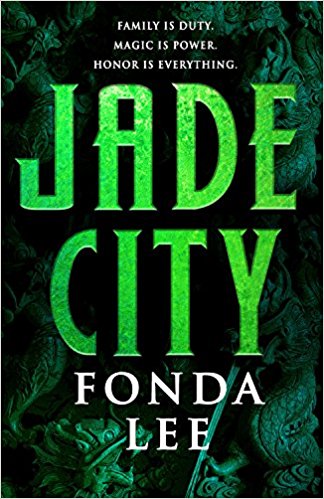 Jade City (The Green Bone Saga, #1) by
Jade City (The Green Bone Saga, #1) by 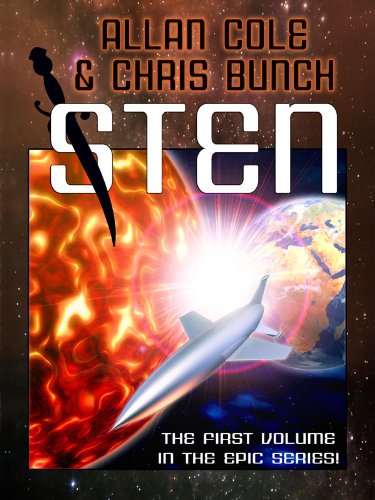 Sten by
Sten by 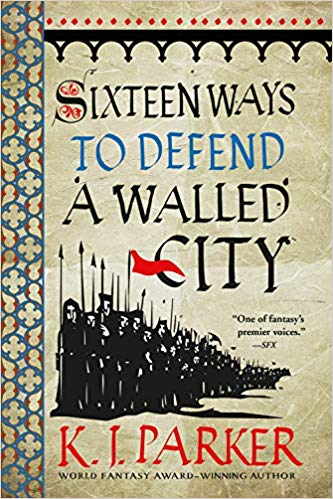 Sixteen Ways to Defend a Walled City by
Sixteen Ways to Defend a Walled City by 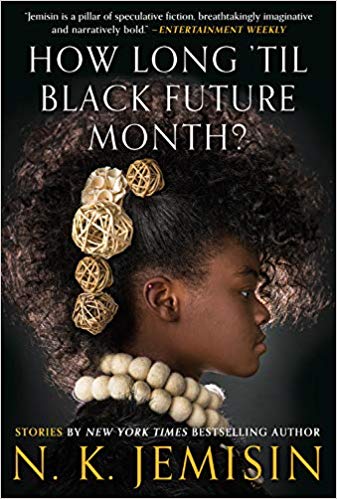 How Long 'til Black Future Month? by
How Long 'til Black Future Month? by 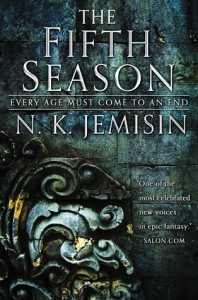 Personally speaking, I loved her
Personally speaking, I loved her